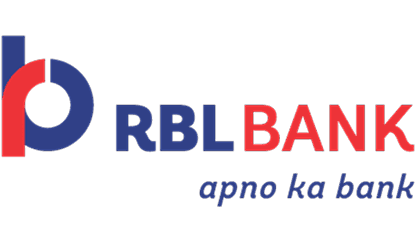Off-balance sheet financing (OBSF) might sound technical, but it’s simply a way for businesses to get the funding they need without piling up debt on their books. It’s a handy option for businesses that want to grow, improve cash flow, or fund operations while keeping their financial statements strong. Here’s an overview of it, how it works, and examples of how it can help businesses like yours.
What is off-balance sheet financing?
OBSF is a way to raise funds without showing them as debt or liability on your balance sheet. Instead of traditional loans that increase your company’s debt, OBSF uses methods like leasing or partnerships, where financial obligations are recorded differently.
This approach helps keep your debt-to-equity ratio low, making your business more attractive to investors or lenders. It also ensures you can get the funds you need without crossing borrowing limits or straining your cash flow.






 +91 7208055523
+91 7208055523
 Help & support
Help & support
